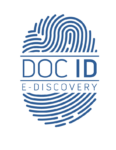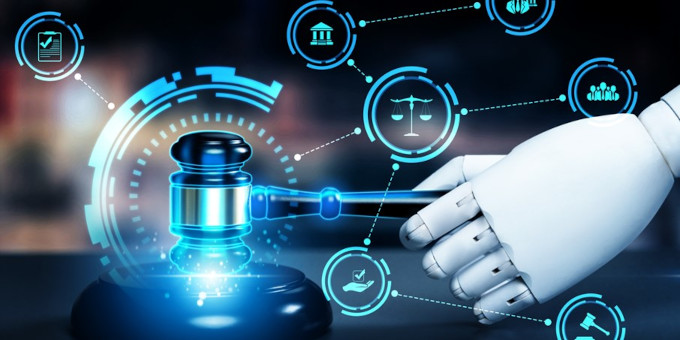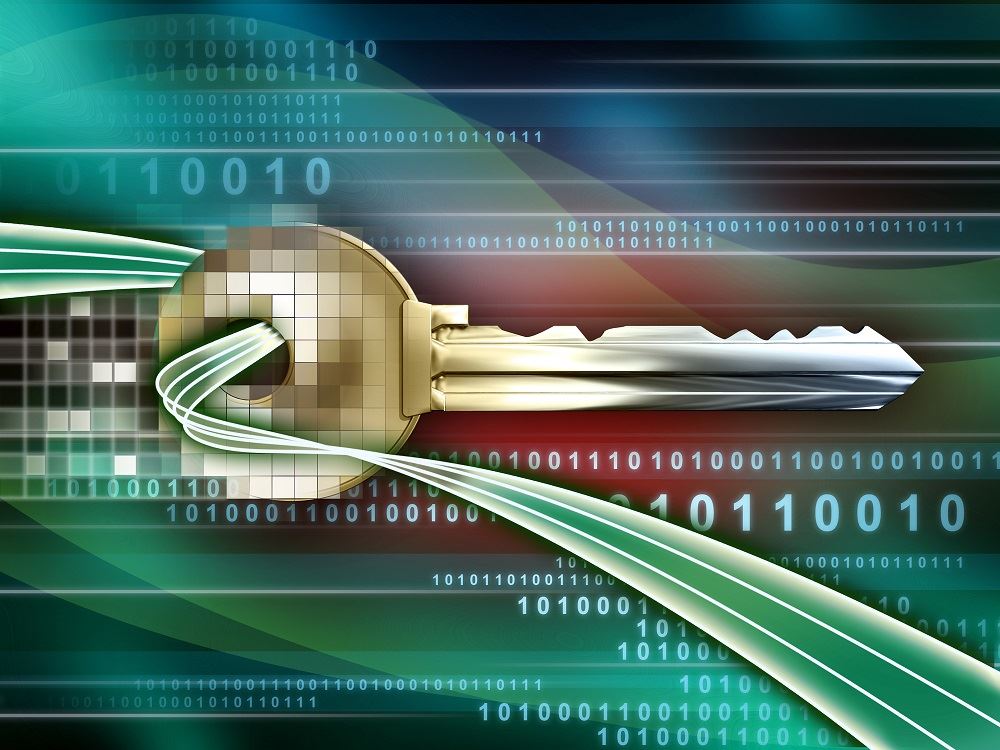What is ediscovery law?
eDiscovery law is a specific area of legal practice that deals with the use of electronically stored information (ESI) for the purposes of litigation. The word “discovery” refers to the process by which attorneys gather evidence and information in preparation for legal proceedings. The “e” in “eDiscovery” refers to electronic devices, such as computers and mobile phones.
The key question in eDiscovery law is whether or not ESI can be used as evidence in court. This question must be decided by a judge before the discovery process can begin. In order to make this decision, the judge must review all of the relevant information and find that it meets certain criteria:
1) The ESI must be relevant to the case
2) The ESI must not be protected by some other privilege (for example, attorney-client privilege)
3) There is no other reason why a court would not want to admit it as evidence (such as if it was obtained illegally, or if it might confuse or prejudice jurors)
ediscovery law versus electronic discovery
They are the same. Electronic discovery, or eDiscovery, is the process of identifying and producing digital data for a legal matter. It is a process that has developed over the last two decades as our lives have become more digitized.
The history of ediscovery laws
In 2005, two consultants, George Socha and Tom Gelbmann created the Electronic Discovery Reference Model. The name is clunky, and the model is by no means perfect, but it is the best and most commonly accepted description of the eDiscovery process. This model is still referenced today to inform vendors and practitioners in how they approach eDiscovery.
In 2006, the Federal Rules of Civil Procedure (FRCP) were amended to reflect the changing nature of evidence. These rules were updated again in 2015 and are now known as the FRCP 2015. This was one of many changes made to laws and guidelines over that last decade that reflect the growing importance of electronic evidence in legal matters.
Because electronic evidence has become so prolific in legal proceedings, there are hundreds of pages of guidelines and best practices for attorneys, paralegals or consultants to follow when working with ESI during discovery requests.
Reasons for implementing ediscovery law
We’re all familiar with the old adage: “A picture is worth a thousand words.” Well, in the world of eDiscovery, where data volumes are growing exponentially, a “word” might actually be worth about a thousand documents. By using analytics to reduce data volumes, you can quickly cut through the noise and zoom in on the relevant documents. With deep search and analytics, your team will understand the facts early in the process allowing you to focus on developing the best legal strategy for your client.
Here are five reasons why lawyers should use analytics in eDiscovery:
1. It saves time and money
By using analytics lawyers can make decisions and plan legal strategies based on facts rather than instinct or assumptions.
2. It improves outcomes
You can cover multiple eDiscovery use cases with one platform.
3. It makes your job easier (and more fun)
Certain parts of a lawyer’s job, especially those aspects that are more rote or mechanical, can be outsourced to technology.
why do we need ediscovery laws?
The rapid expansion and adoption of technology has created a surge in e-Discovery requests from parties involved in litigation cases. With ESI being shared by email, social media and other online platforms, it’s easy to see why electronic data has become an essential asset in court cases.
To be clear, ediscovery isn’t a silver bullet for workplace compliance. It is, however, a powerful tool that can help you manage your processes better and improve the way your company operates. The takeaway here is that you should think about ediscovery as more than just software you use on a daily basis to find and review documents. When used properly, it’s a comprehensive program that can help you create efficiencies and improve the way your company performs.








Leave A Comment